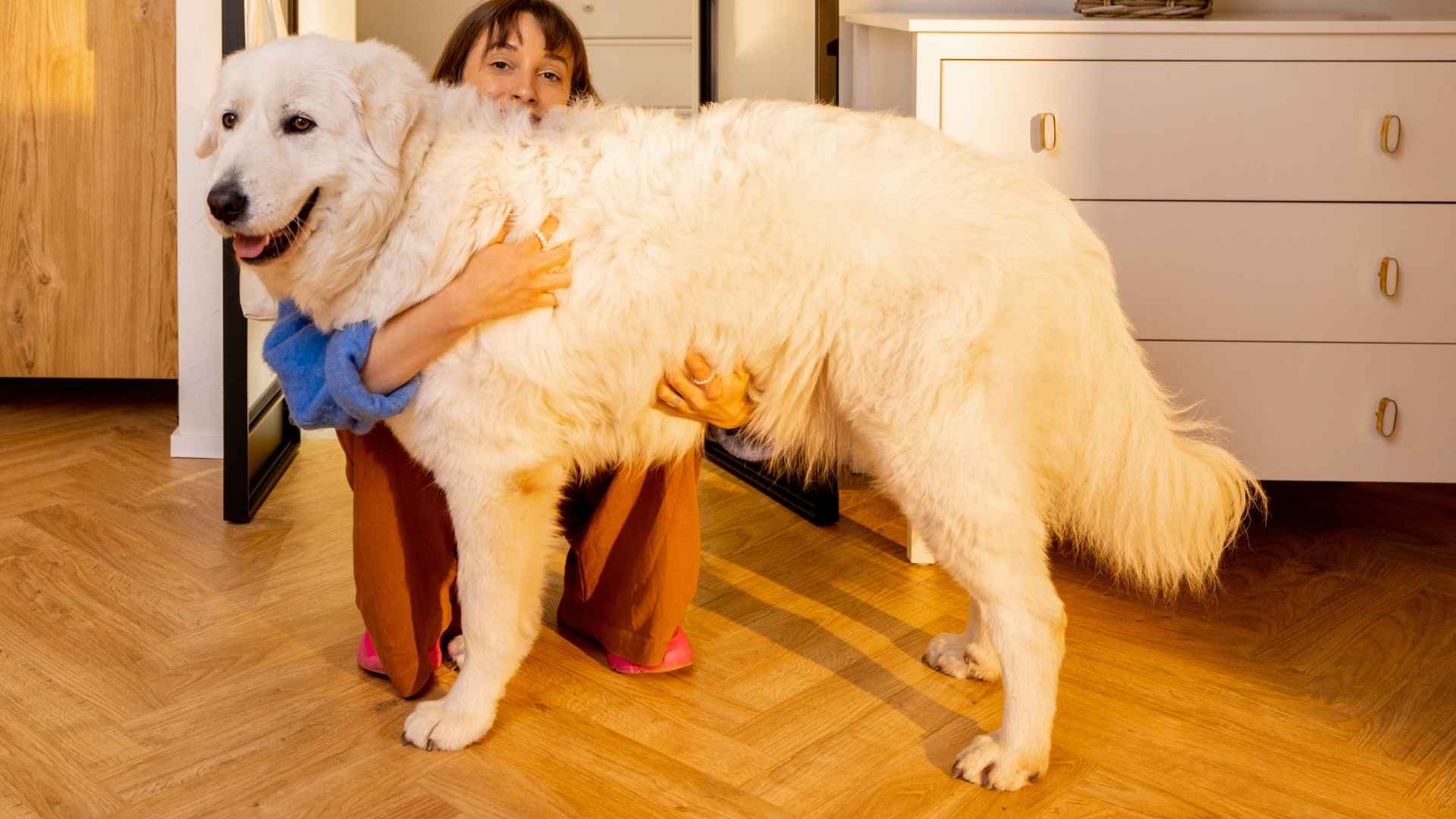Loyalty in a dog is not just about staying by your side; it’s about a bond built on trust, routine, and mutual understanding. Some breeds are renowned for that unwavering devotion, combining intelligence, empathy, and a desire to connect with their person in meaningful ways. These aren’t just pets, they’re companions who read your mood, adapt to your lifestyle, and stand with you through daily routines and life’s challenges.
From working breeds to humble family favorites, each dog featured here brings its own version of steadfast companionship. They respond quickly to training cues, sense subtle shifts in your tone, and prioritize your presence. Whether you need a silent guardian, an energetic playmate, or a compassionate shadow, these breeds are naturally wired for constant partnership.
In this article, we explore seven dog breeds celebrated for their exceptional loyalty and ability to stick by your side through thick and thin, dogs that are, quite simply, meant to stay.
Most Devoted Dog Breeds That Stick By Your Side
1. German Shepherd
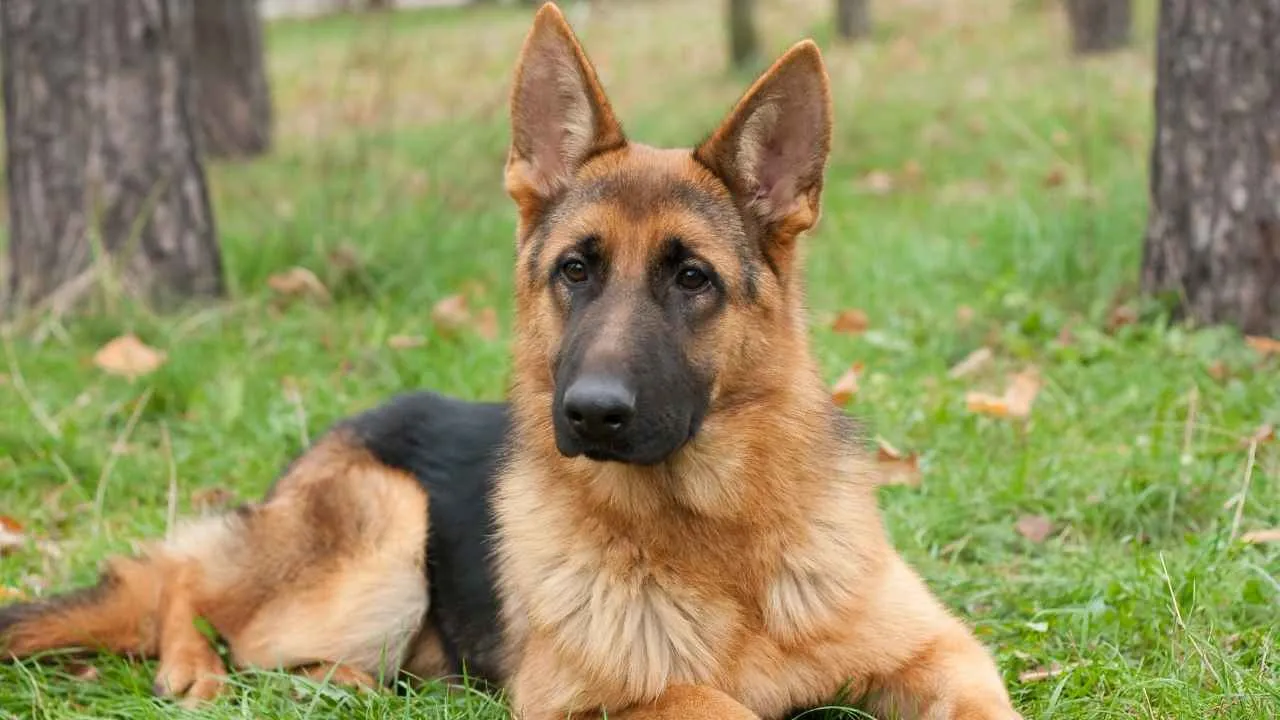
Key Points
Naturally loyal and responsive to direction
Bonds best through routine and shared activity
Needs consistent training to maintain emotional balance
German Shepherds were originally bred for herding and guarding, traits that still define their loyalty and work ethic today. Their devotion often stems from structure; these dogs thrive when they’re included in routines, training, and decision-making. They naturally stay close, not out of clinginess, but because they expect direction and want to be useful.
They bond strongly with one or two people and often act as a quiet presence, observing rather than demanding. Their responsiveness to voice, movement, and mood is sharp, making them excellent for families seeking a focused, adaptable companion.
According to the AKC, they are confident, courageous, and eager to learn, traits that deepen their loyalty over time.
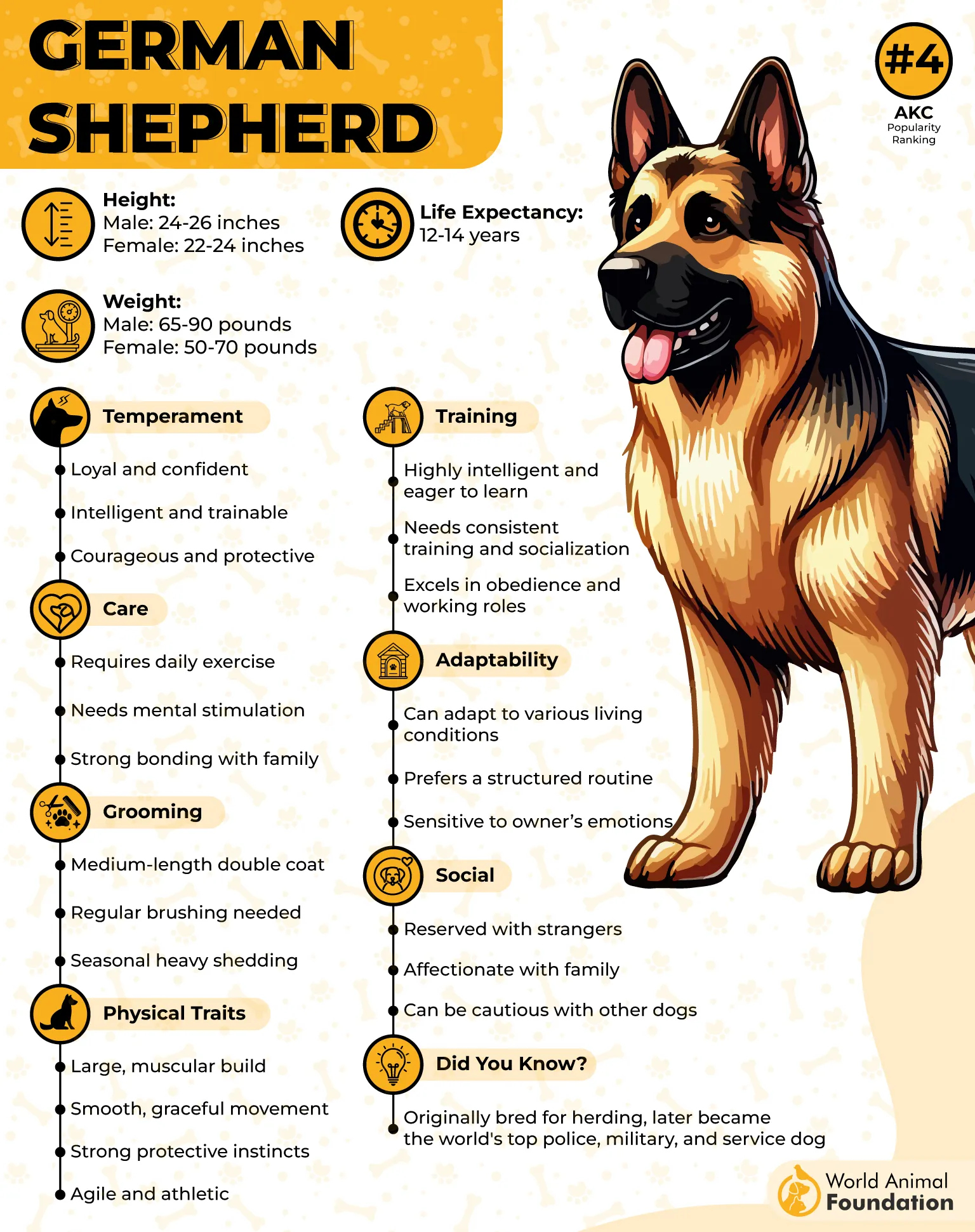
They aren’t dogs that do well with boredom. Long walks, targeted training, and even light chores help maintain their emotional balance and reinforce attachment. Physical closeness isn’t always necessary—they show devotion through action and attentiveness.
They’re highly sensitive to environmental changes and often alert before their owners notice something. German Shepherds can also become territorial if not socialized early, so consistent exposure to new people and places is important. Their double coat requires routine brushing, especially during seasonal shedding, but overall grooming needs are manageable.
2. Labrador Retriever

Key Points
Naturally, people-focused and emotionally steady
Adapts well to both active and relaxed routines
Needs structured engagement to stay balanced
Labradors aren’t just sociable—they are deeply people-oriented and often follow their family members around without hesitation. Their need to be included is rooted in their background as they were originally bred to be retrievers, where attentiveness and responsiveness were essential traits.
They do well in homes with multiple family members and often adapt to new routines with ease. Labs are one of the most popular breeds for forming stable, easygoing bonds with other dogs, children, and adults. They are eager to please, quick to learn, and retain commands reliably when reinforced gently.
Exercise is key for keeping their behavior steady. Without regular walks, play, or light task work, Labradors may become restless or overly vocal.
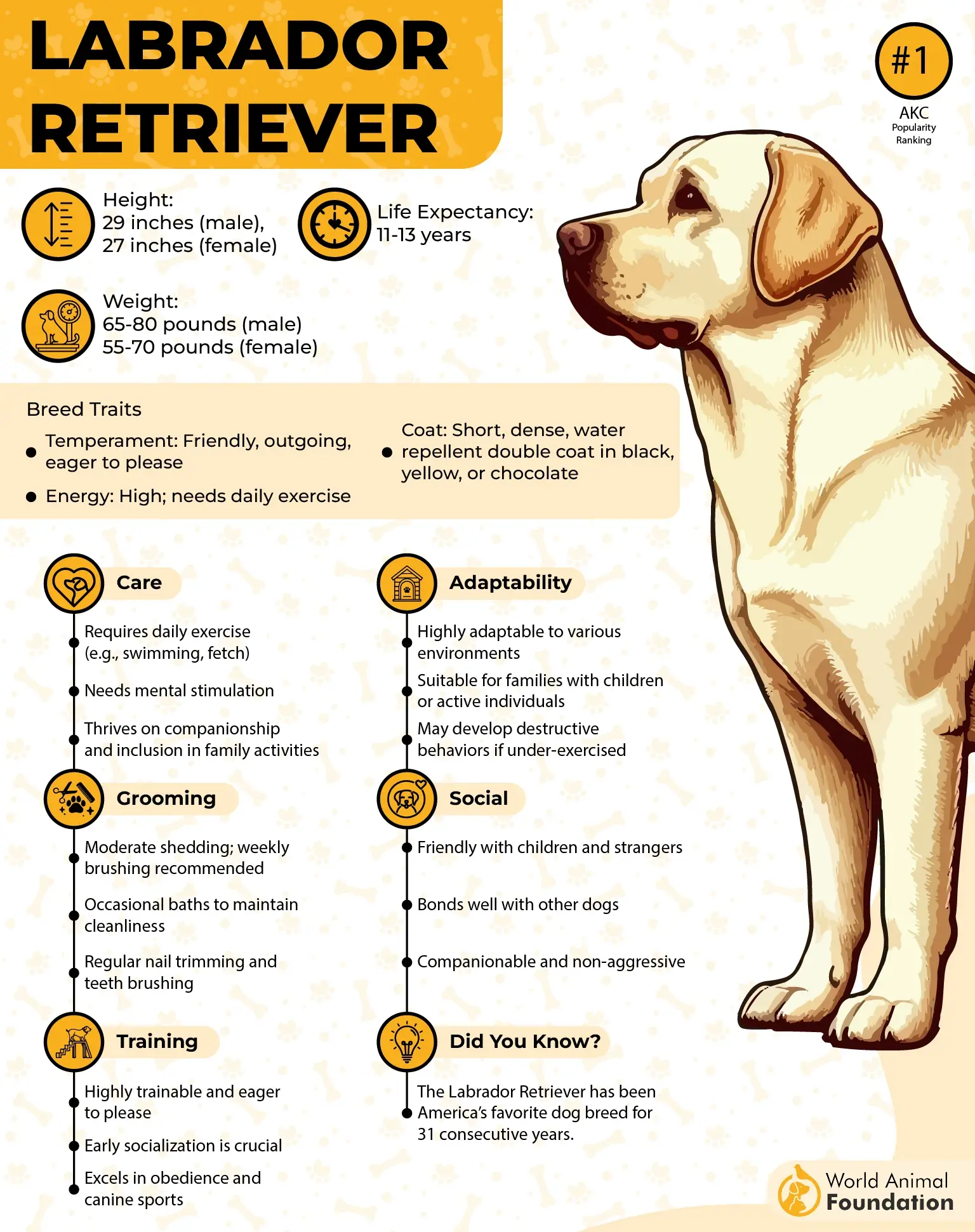
While typically not territorial, they are protective in subtle ways—often placing themselves near doors or between people. They’re also highly food-motivated, which makes reward-based training straightforward.
Labradors have a thick, water-resistant coat that sheds year-round. Brushing weekly and checking ears regularly helps keep them comfortable and healthy, especially if they’re outdoors often.
3. Akita
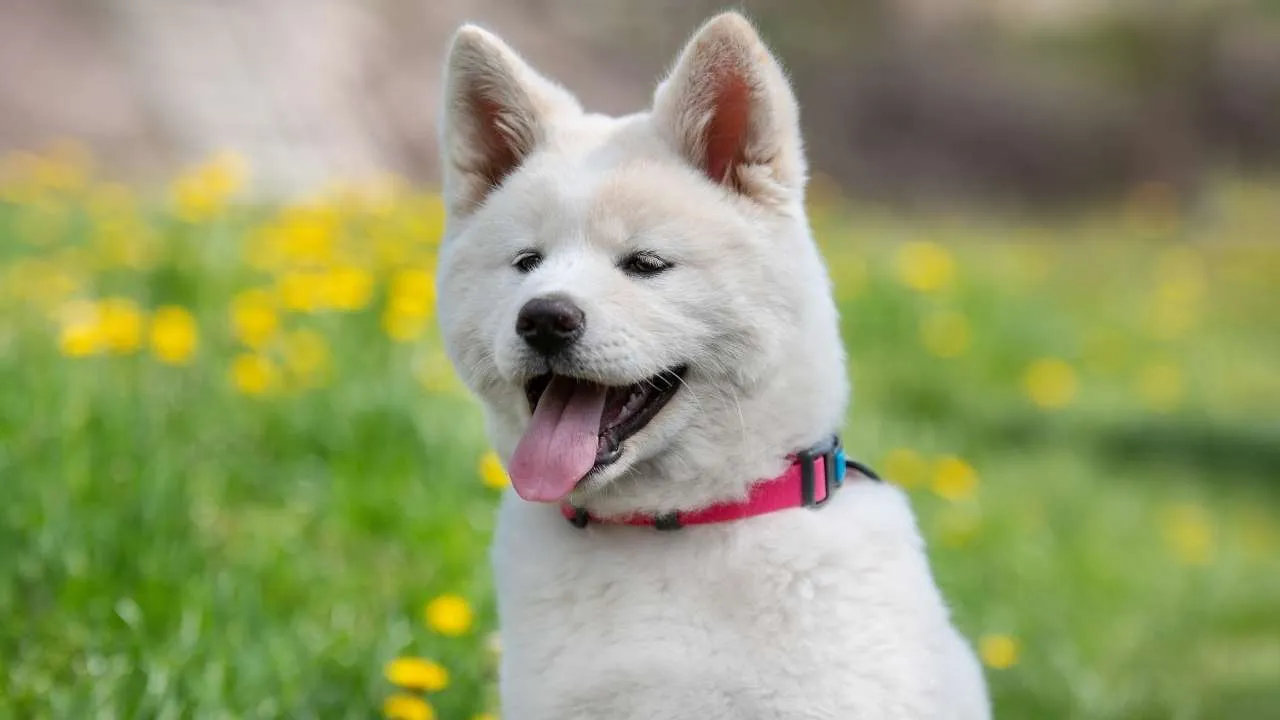
Key Points
Deep loyalty focused on one or two people
Independent and emotionally reserved
Requires experienced handling and early socialization
The Akita is a breed known for quiet strength and focused loyalty. These dogs form deep bonds but typically limit their attachment to a single person or household. Their reserved temperament reflects their purpose as protectors and hunting companions in Japan.
They are naturally quiet and observant, rarely reacting without a clear reason. As per the PDSA, Akitas can be wary of strangers and should be socialized early to avoid overprotective behavior.
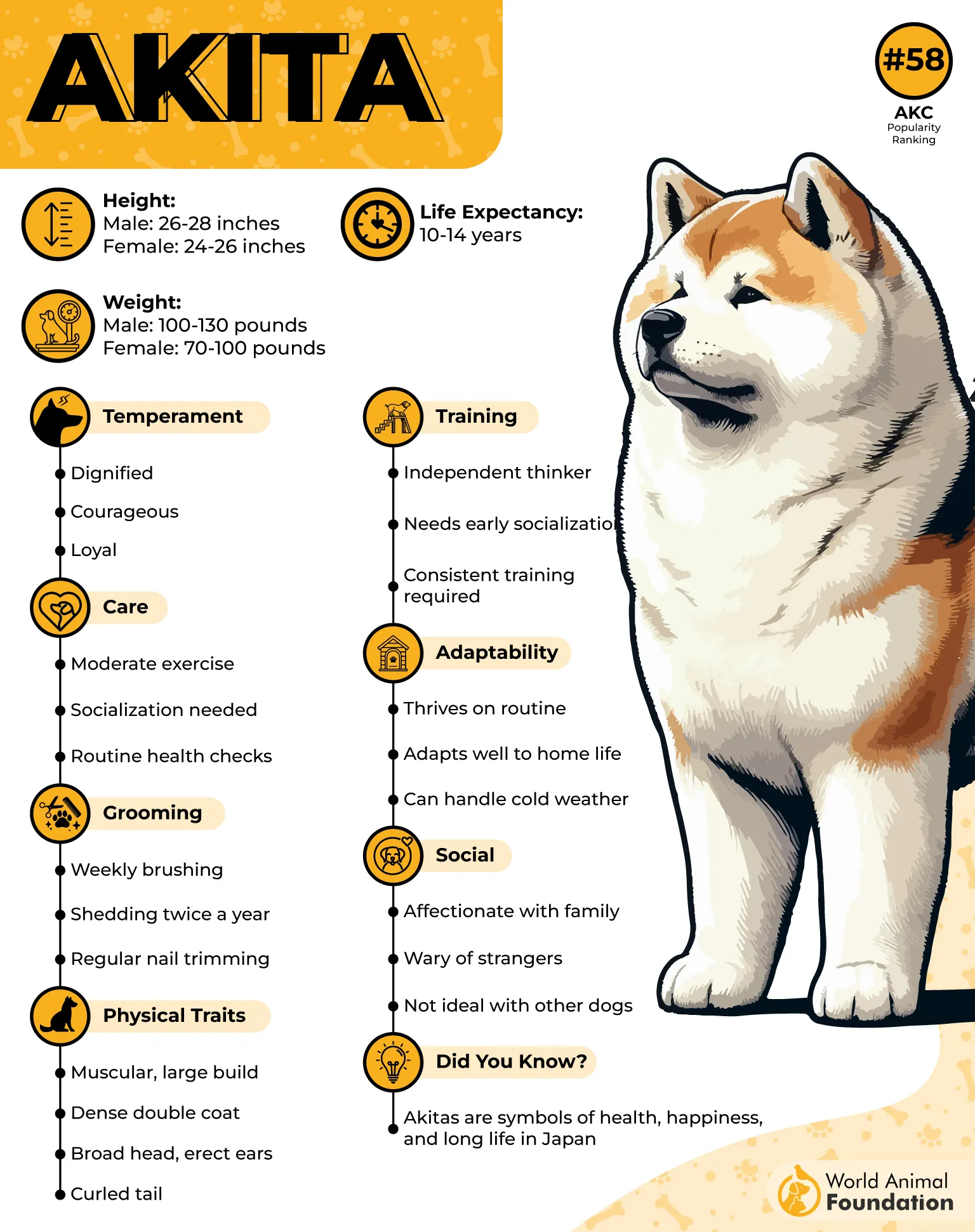
Training an Akita requires patience and consistency. They respond best to confident, respectful handling—force or unpredictability can lead to avoidance or defensiveness.
As they are double-coated, they need regular brushing to manage shedding and skin health. Their independence means they’re not constantly underfoot but tend to monitor their people from a quiet distance.
Their devotion is shown in how they stay nearby without needing constant interaction. In the right environment, they offer serious, steady companionship that’s highly loyal but rarely needy.
4. Border Collie
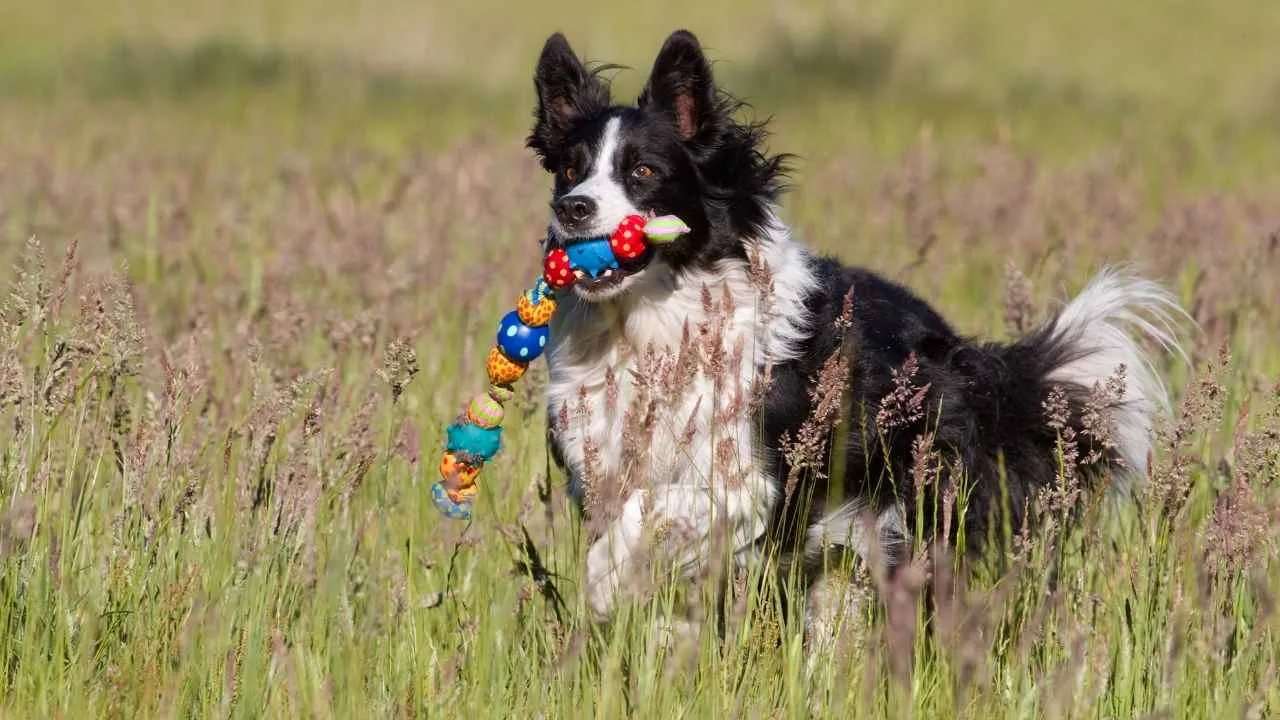
Key Points
Forms intense bonds with a single person or task
Needs mental engagement to reinforce loyalty
Highly responsive to voice, movement, and habit
Border Collies are bred for control, precision, and total attention to their handler. Their loyalty is task-based; they need a reason to follow and engage. These dogs show their devotion by anticipating needs and sticking closely to routines.
They require strong direction and are highly sensitive to voice cues and gestures. Without tasks to complete, they may become anxious or overly fixated. That need for structure is what often deepens the bond—they learn to look for guidance in nearly every situation.
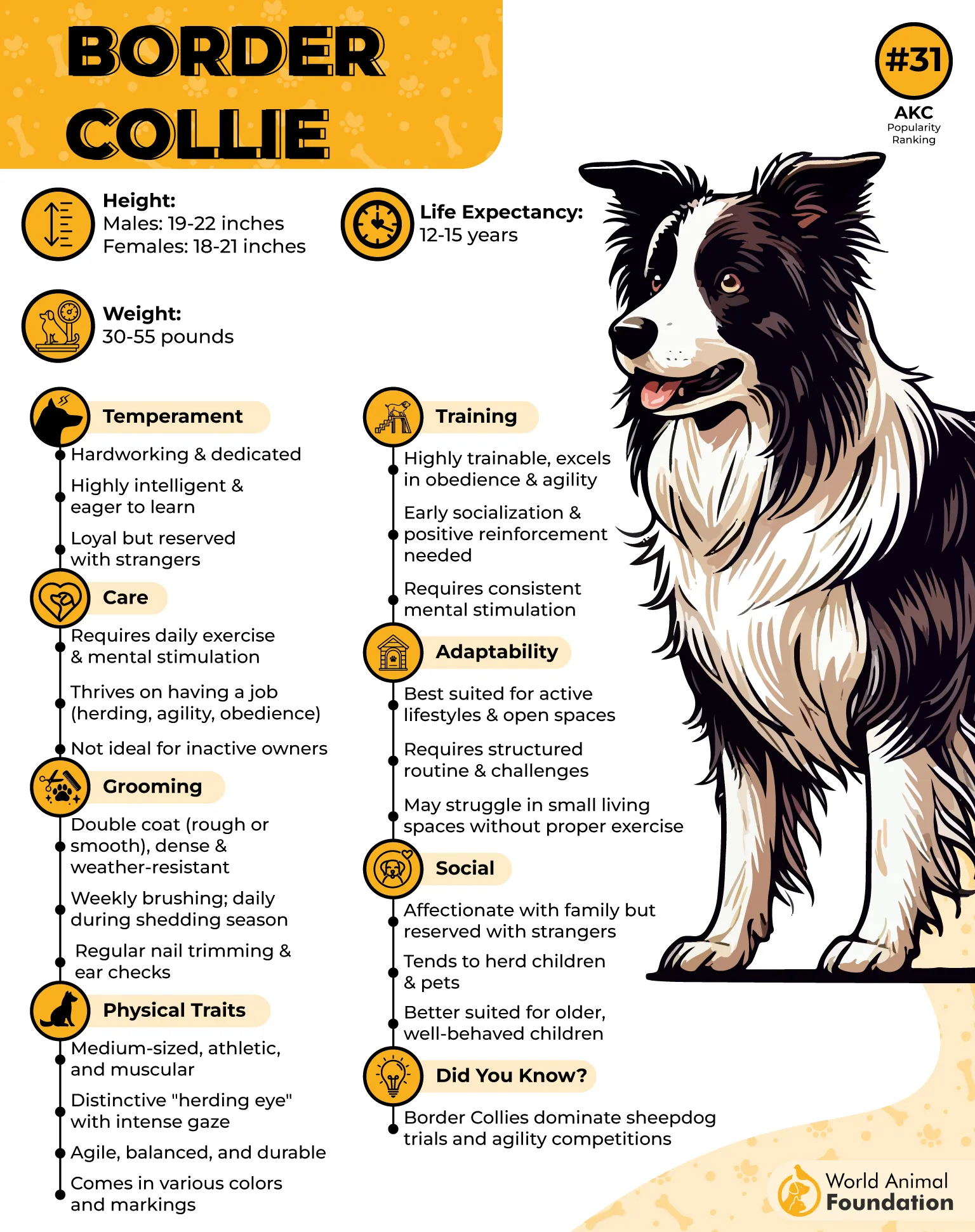
According to Petplan, Border Collies thrive on routine and human interaction, particularly when training is consistent and reward-based.
Their energy needs are high, but emotional loyalty is often stronger. Many will pick one person as their focus and stay close during daily activities, even if other family members are nearby.
Early exposure to various settings, combined with structured training, helps them channel their intensity into useful, focused loyalty.
5. Cavalier King Charles Spaniel

Key Points
Strong emotional attachment to owners
Suited for homes with consistent routines
Naturally tuned to people’s moods and presence
The Cavalier King Charles Spaniel was bred as a lap companion for European royalty and still reflects that emotional availability in modern homes. These dogs prefer to stay close, often curling up beside their people or trailing behind them throughout the day.
They are not demanding, but they are present, ready to engage or rest depending on your tone and energy. Their loyalty shows in how quickly they match the rhythm of the household. They are not easily startled, and their emotional steadiness makes them a good fit for families, seniors, or singles alike.
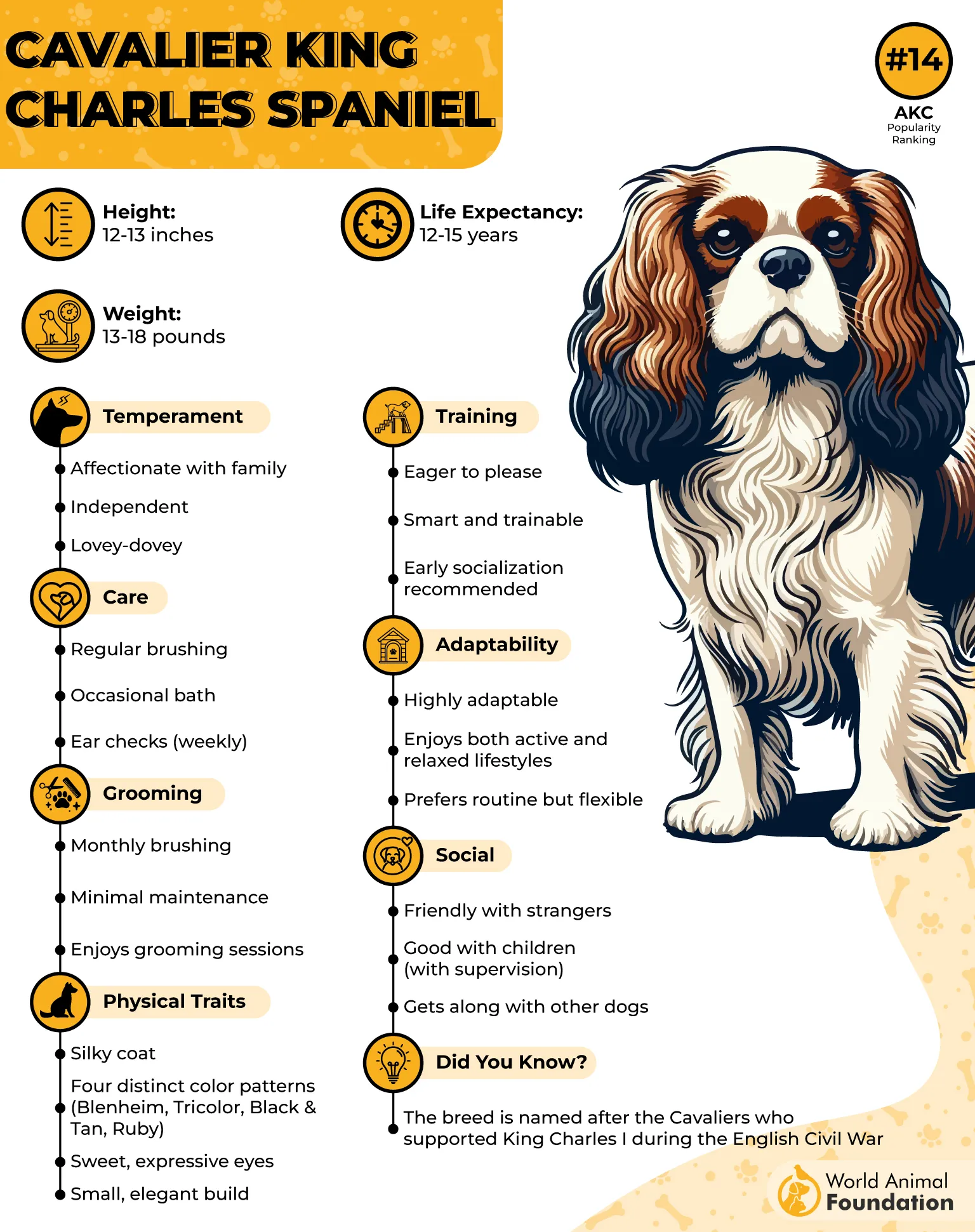
They enjoy calm interaction and physical closeness but don’t require constant activity to feel involved. Their grooming needs are moderate; regular brushing is needed to maintain their soft coat.
They tend to bond deeply with all members of the home, not just one, which makes them especially valued in households with multiple caregivers or children. Their behavior doesn’t demand space—it asks for connection.
6. Doberman Pinscher
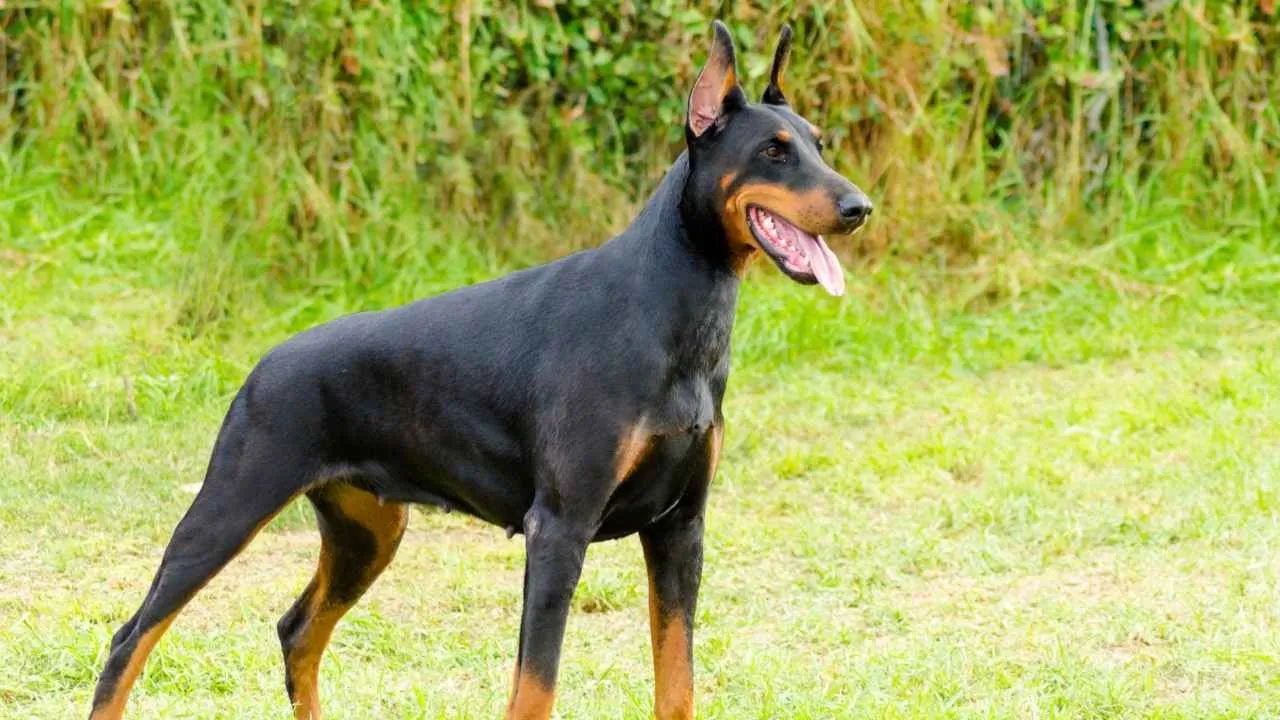
Key Points
Protective and responsive by design
Bonds through structured leadership and trust
Needs firm, consistent handling
The Doberman Pinscher was developed for personal protection, and its devotion is tightly tied to its purpose. These dogs are incredibly loyal and wired to follow their handler’s direction and form a tight working bond with those they trust.
They are focused, driven, and quick to react, but they aren’t impulsive when properly trained. According to PetMD, Dobermans are alert and emotionally intelligent, often staying near their person even without direct instruction.
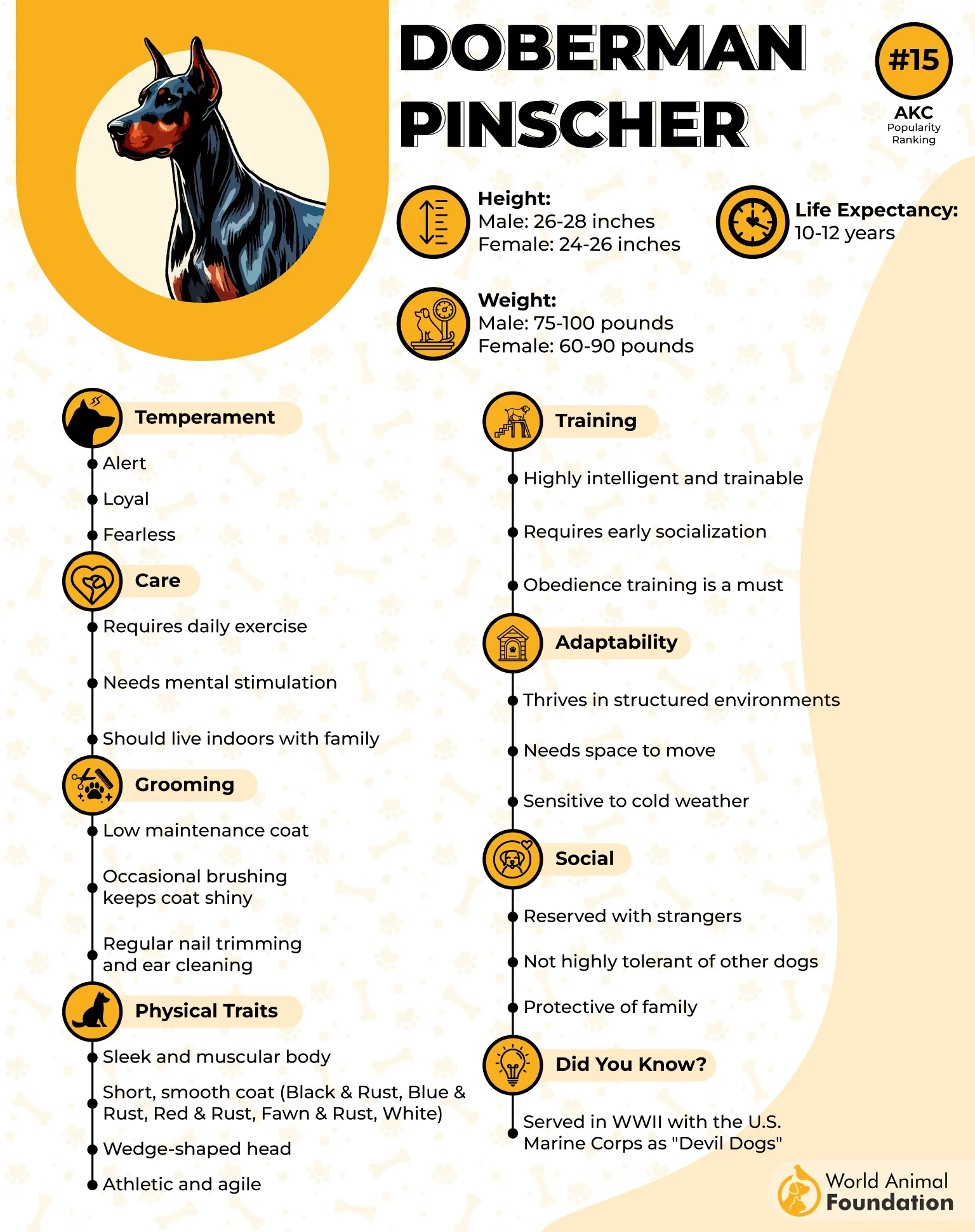
Training must be intentional, with clear rules and boundaries. They respond poorly to inconsistency or unclear expectations and thrive when routines are part of daily life.
Their loyalty can be intense; many Dobermans will position themselves to monitor rooms, doors, or entryways to feel like they’re doing their job. That instinct reinforces their emotional bond to whoever gives them direction.
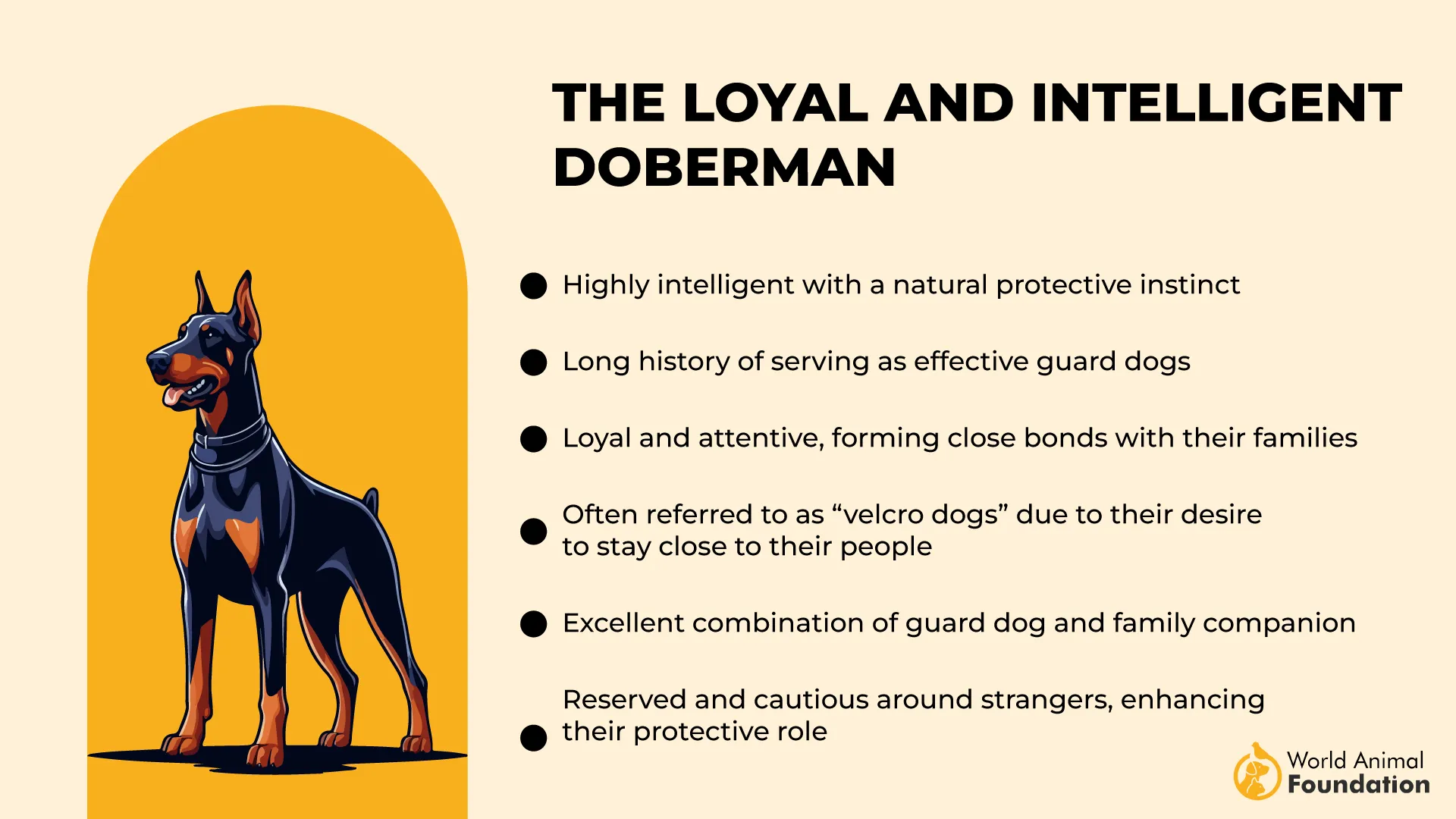
Despite their strength and drive, they’re often quiet indoors and form steady attachments that are less about affection and more about consistent presence and protection.
7. Great Pyrenees
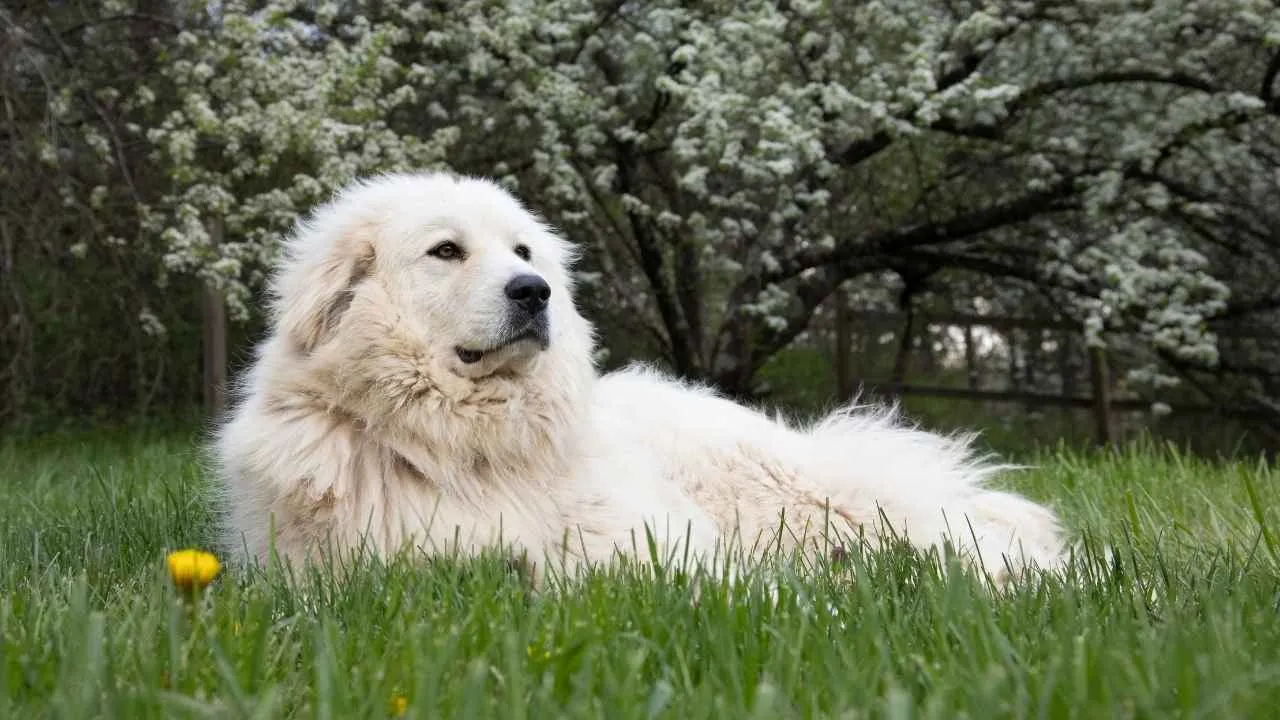
Key Points
Naturally stays close through instinct, not training
Calm, confident, and aware of surroundings
Bred to guard without being told
The Great Pyrenees was bred to guard livestock, which helps explain their low-reactivity and quiet companionship. These dogs often stay near their owners, especially when they sense a need for monitoring or stability, without needing to be commanded.
They aren’t expressive or attention-seeking but maintain physical closeness throughout the day. Their temperament is calm and independent, and they rarely stray far from the person they identify as “theirs.”
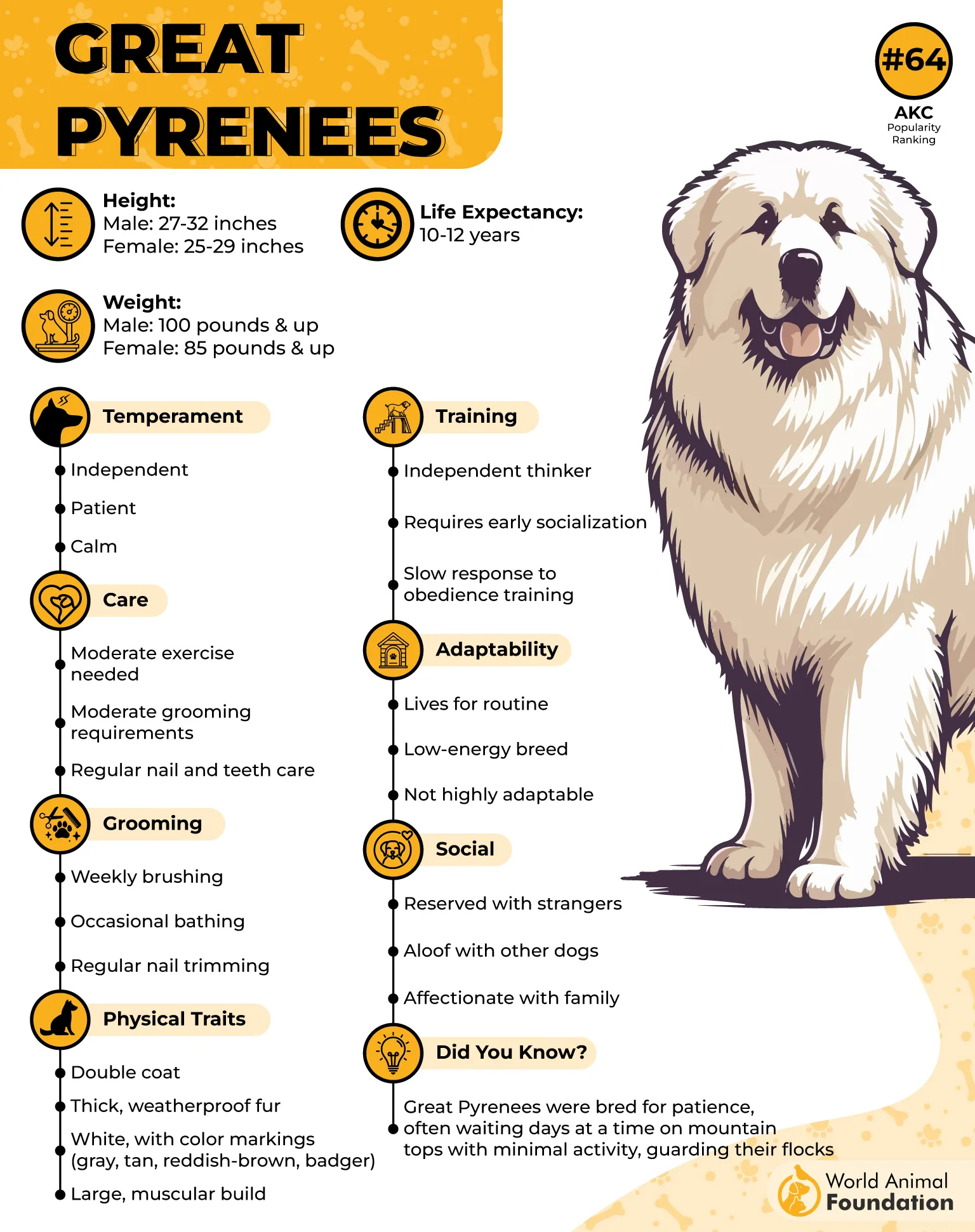
They require early socialization and basic obedience but tend to enforce their own boundaries in calm, predictable ways. This makes them better suited to experienced handlers who don’t expect excessive energy or dependence.
Grooming is a commitment, especially during shedding seasons, and space is important—these dogs do best in homes where quiet and autonomy are respected.
They remain close not out of anxiety, but instinct. Their loyalty is steady, quiet, and rooted in a protective role they feel naturally responsible to fulfill.
Conclusion
Loyalty isn’t exclusive to one type of dog. Some were bred to herd sheep, others to hunt badgers, as therapy dogs, or sometimes search and rescue dogs, but what connects the most loyal dog breeds is their natural focus on people. They form strong bonds that are consistent, deliberate, and built over time.
Among the most loyal breeds, you’ll find both working and companion types. Protective dogs, guide dogs, and even smaller family pets share one key trait: the desire to stay close, observe, and participate in everyday life. This quality can be nurtured with proper training and steady human interaction.
These are not dogs that wander. They attach through shared routines—walks, play, or even just quiet time at home. Whether curled up beside older children or matching your pace at the dog park, they show their loyalty in how they follow, wait, and respond.
With enough mental and physical stimulation, these dogs offer more than obedience—they give unwavering companionship. And that’s what makes them the most trusted, fiercely loyal breeds among so many others.


